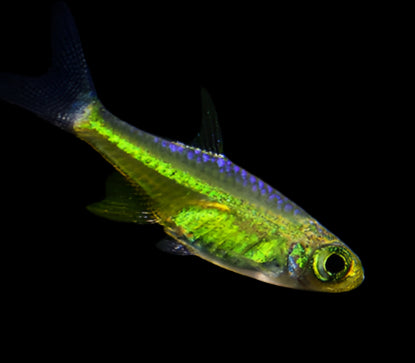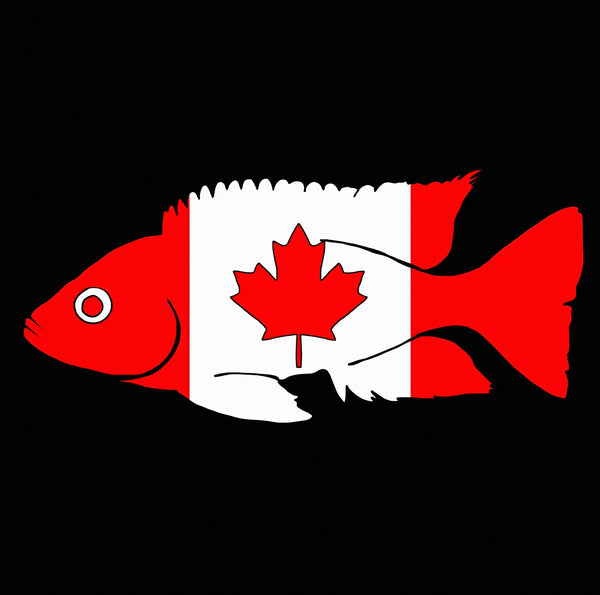SKU:RA4200
KUBOTAI RASBORA (Microdevario kubotai) .75-1" (2-2.5cm) 2404
KUBOTAI RASBORA (Microdevario kubotai) .75-1" (2-2.5cm) 2404
47 in stock
Couldn't load pickup availability
Kubotai Rasboras are perfect for aquarists looking to add a pop of color to their tanks. Their bodies are mostly a sparkling neon green color that is rarely seen in freshwater animals! They are also known by the names Neon Green Rasboras, Neon Yellow Rasboras, and Green Danios. The bright green color of these fish produce a contrast with other brightly-colored fish and invertebrates that is truly remarkable. They look especially beautiful in heavily aqua-scaped tanks that feature dark substrate and include plenty of plants, driftwood, and other decorations. These fish are VERY small and generally do not grow larger than ¾ of an inch in length. Their diminutive size makes these rasboras great for nano tanks!
Kubotai Rasboras are fairly easy to care for, as long as they live in stable water parameters with good water quality. Like all rasboras and danios, these fish are completely peaceful and totally safe to keep with other fish (as long as the other fish are peaceful, too!), snails, shrimp, and live plants. Due to their small size and timid nature, they may not be ideal for community tanks that include larger and more boisterous fish. They are a schooling fish and can really only thrive in groups, which is why we sell them in groups of 6 and 12. The more of these fish there are in your tank, the less shy they will behave. When these fish are healthy and are placed in a well-cycled and densely planted aquarium, it is fairly likely that they will spawn, and you may see fry start to appear. They do best in tanks that have plants, rock, or driftwood that provides them with cover.
Kubotai Rasboras are omnivores and are not too picky about eating. They will likely eat fish flakes or pellets, but they need a varied diet in order to breed (if breeding them is something you are interested in). It is a good idea to include some frozen or live foods in their diet (such as brine shrimp, bloodworms, daphnia, and insect larvae). They will also eat blanched vegetables, such as lettuce, zucchini, kale, etc. It is also important to keep in mind that these fish do best in well-oxygenated tanks with a decent amount of water movement.
Share


